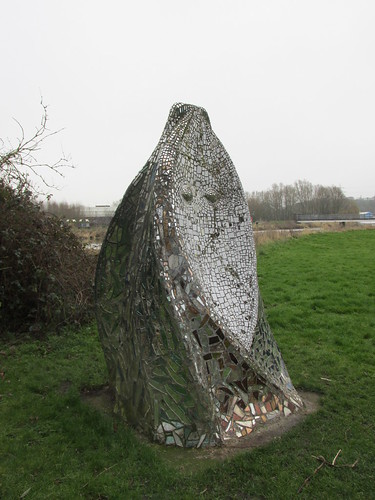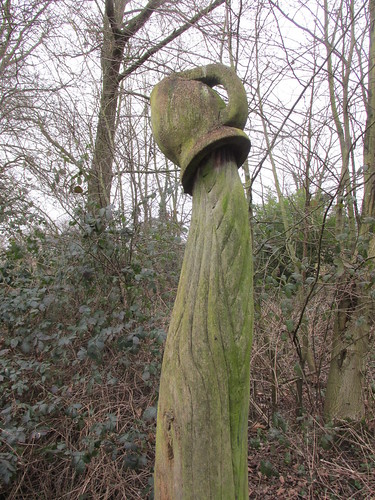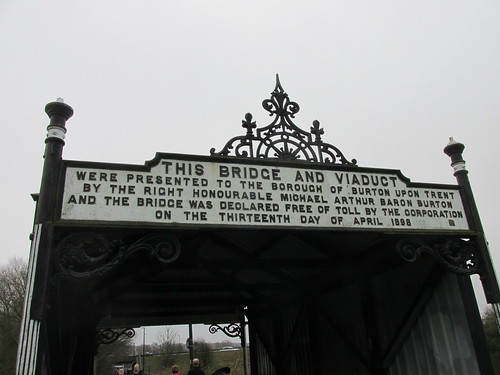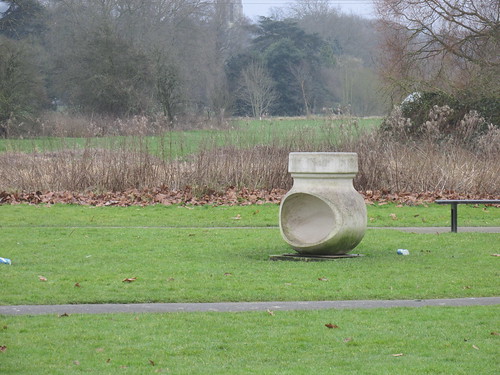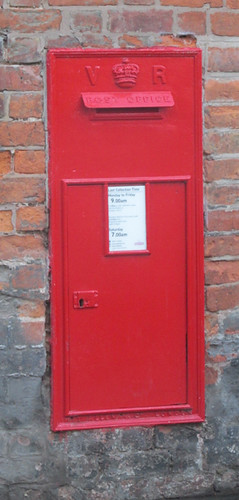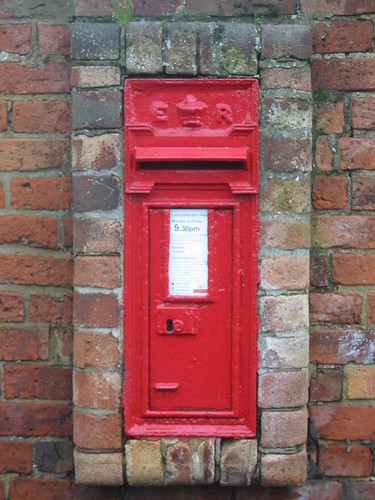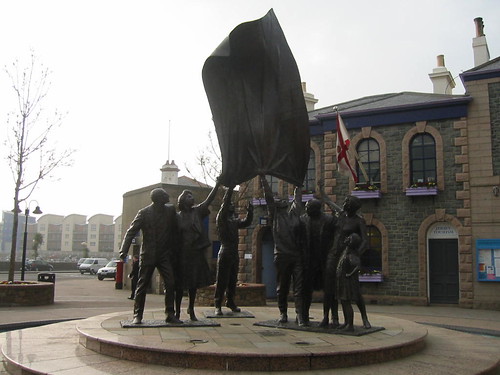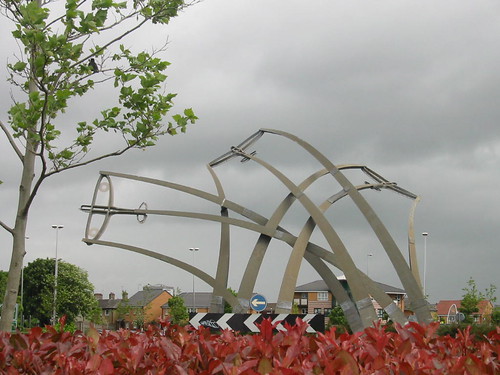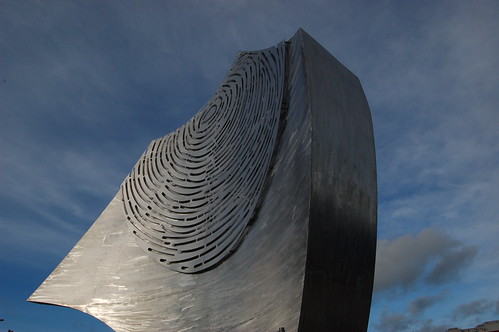One thing I love is public sculpture that is, things that you find on the street, or the side of buildings, rather than having to go into a galery or museum to see.
Here, for
Five on Friday, are a selection of statues or sculptures that commemorate something historical.
Jersey was the only part of the British Isles to be occupied by Germany during the second world war. This is a sculpture commemorating the liberation. It stands in a square in St Helier where the advance parties of the Royal Navy and British Army landed to drive out the German forces.
The design met with severe criticism from some sources because it shows a group of figures releasing doves of peace. any pointed out that conditions under German rule had been so strict that people were close to starvation and any doves on teh island would have been eaten!
It's by Philip Jackson. One of my favourite sculptors.
This one stands on a traffic roundabout in Birmingham, outside the Castle Bromwich Jaguar (engine) factory. It's called Sentinel, and it shows a number of Spitfire planes (which had Jaguar engines) taking off. It's by Tim Tolkien, great grand nephew of the Lord of the Rings author.
This bronze by Shona Kinloch sits in the market place in Loughborough (which just won an award for being one of the best outdoor markets in the country - and it is) and represents much more than the town's connection with the hosiery industry.
From the national public art record.....
"According to the sculptor, the 'sock pattern echoes the zig-zag of the new bollards in the Market Place, while the surrounding Art Deco buildings (e.g. the Curzon Cinema) inspired his deco hair cut'. On the figure's right arm is an incised tattoo of a heart above the word 'Loughborough' set within a scroll motif. The bollard on which he sits is decorated with incised images from the history of the town: a railway track and train, representing Thomas Cook's first tourist excursion from Leicester to Loughborough in 1842, a canal and barge representing the introduction of the Soar Navigation and Leicester Navigation in the eighteenth century, factories and sheep for the woollen industry, one of local agriculturalist Robert Bakewell's longhorn cattle, bells to represent the town's bell-founding industry, and the towers, etc. of Loughborough University. The sculptor has also commemorated the year in which she began the piece with an image of the Hale Bop comet."

On the night of 14 October 1881 a terrible storm blew up off the east of Scotland that affected almost every fishing village along the coast.
The storm devastated the fishing fleet and 189 fishermen were drowned, many within sight of the shore. 129 were from Eyemouth, 24 from Burnmouth, 15 from Newhaven, 11 from Cove, 7 from Musselburgh, and 3 from Coldingham Shore (now called St Abbs) More than 70 women were widowed and 300 plus children left without fathers as a result.
This is one of a series of monuments that stand along the shore in the villages that lost their men. Erected to mark the 125th anniversary of the disaster. St Abbs Bronze sculpted by Jill Watson.
This photo fails to give any idea of the scale of this piece. It's huge: 35 feet high and 27 feet wide.
The sculpture in Tunstall, part of Stoke on Trent, stands at the centre of a new shopping precinct, which used to be the site of the old Wedgwood factory. It represents a shard of Roman pottery, carrying the potter's fingerprint, that was found in an underground kiln when the site was redeveloped. Truly this piece marks the centuries of pottery production in the area.
It's by sculptor Robert Erskine who very kindly
contacted me after I posted this photo on Flickr wondering why it hadn't been made in ceramic. It wouldn't have worked, apparently, and certainly wouldn't have survived very long. The Tunstall Shard is stainless steel and should be good for a couple of centuries. It's also wonderful.

